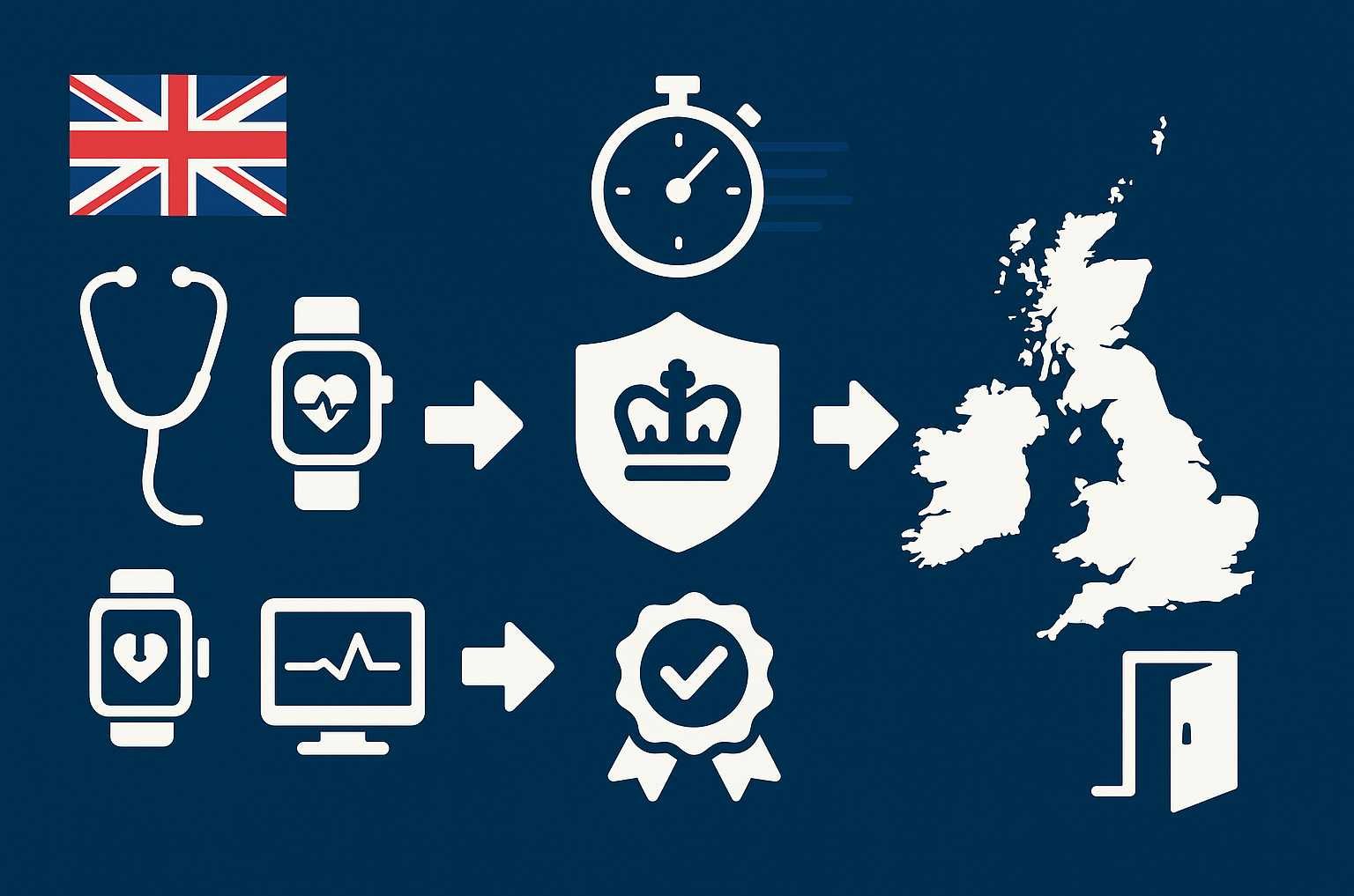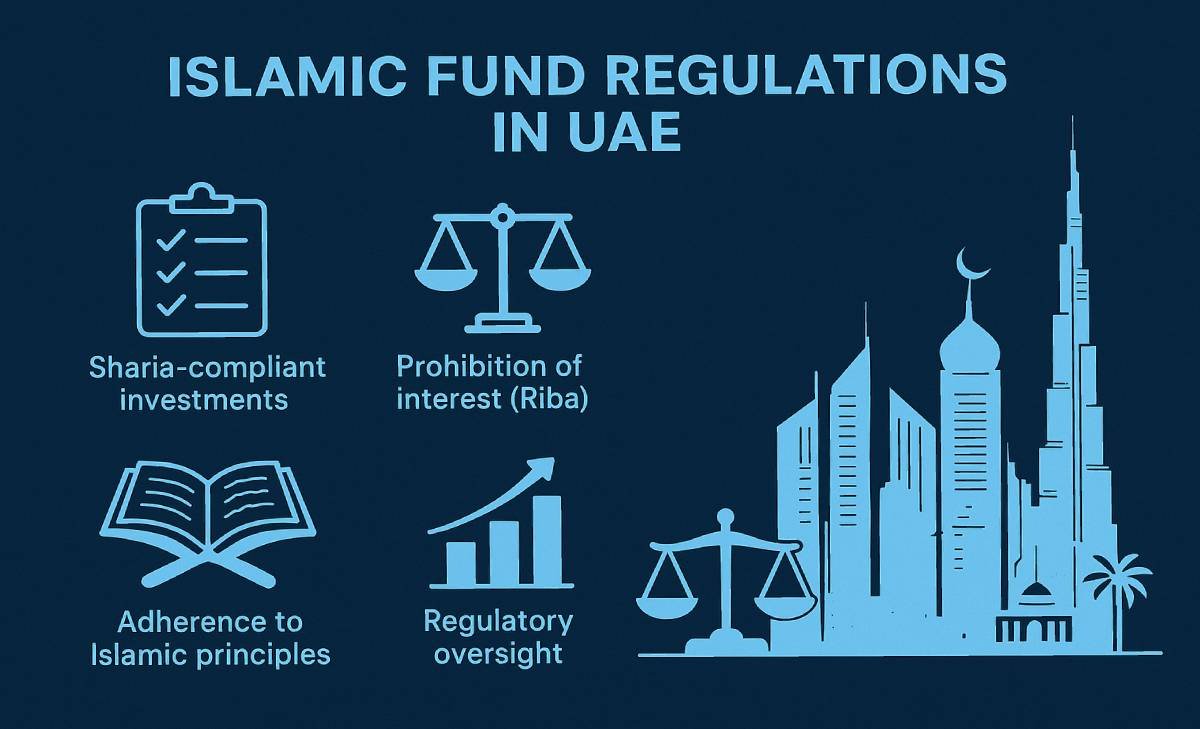In May last year, the UK’s Medicines and Healthcare Products Regulatory Agency (MHRA) published a policy statement regarding international recognition of regulatory approvals of medical devices.
In July this year, MHRA announced it had reviewed feedback from stakeholders on its proposed policy from May and that it has decided to move forward with its proposal.
In short, the policy states that the UK it will recognise approvals from a set of comparable regulator countries (CRCs) as a route into the UK’s market, rather than forcing manufacturers to repeat full UK assessments from scratch.
The stated rationale was that this will allow eligible products to follow a streamlined pathway to market, helping bring the latest technologies to patients more quickly. The CRCs named in the policy are:
- Australia – Therapeutic Goods Administration (TGA)
- Canada – Health Canada
- The EU – National competent authorities in the member states of the EU
- The USA – Food and Drug Administration (FDA).
Healthcare law firm and lawyers may also view this development as creating new opportunities for advisory and compliance support across MedTech regulatory pathways.
Why This Matters
The practical impact of this policy is straightforward: if you already hold high-quality approvals in the US, EU, Australia or Canada, the MHRA can use that as the basis for a UK access route. This reduces duplicative regulatory costs and burden for companies, and focuses the domestic approvals route (UKCA) on first-in-market innovative technologies, such as Software as a Medical Device (SaMD) and AI as a Medical Device (AIaMD) that require closer regulatory attention.
Proposed Access Routes
1. Recognition – self-registration with MHRA
For lower-risk devices that meet their respective CRC legislations. These include Class I medical devices, other than Class Is/m/r (Is: sterile; Im: measuring; and Ir: reusable); and Class A In Vitro Diagnostics (IVDs) that are non-sterile. Manufacturers will need to declare an appropriate quality management system (such as ISO 13485) or product-specific equivalent will be required for these devices.
2. Reliance
Intended for medical devices authorised under the EU framework, such as Class Is/m/r, Class IIa/IIb/III, and higher-risk IVDs. Applicants submit an International Medical Device Regulators Forum (IMDRF) style dossier (or CRC equivalent), and MHRA will review evidence of approval plus post-market surveillance (PMS) materials. AIaMD and devices whose CRC classification differs from UK are generally excluded from this route.
3. Reliance with device-specific requirements
For devices approved in Australia or via US premarket approval – includes higher-risk medical devices (Class Is/m/r and Class IIa/IIb/III). Requirements mirror the reliance route but add UK-specific deliverables (for example implant cards, patient information leaflets and summaries of safety/clinical performance for implantables and Class III devices).
4. Reliance with abridged assessment + device-specific checks
A broader route covering certain Canada and US approved devices, higher-risk devices where UK classification differs, and certain AIaMDs. This route can require review of clinical data on a sampling basis and, for AIaMD, review of training/test data and change-control plans. Implantable devices and some high-risk IVDs will need summaries of safety/clinical performance and other UK-specific documentation.
Important Caveats
Products approved in CRCs will still require English labelling and UK responsible person details, UK-appropriate electrical compatibility and units, unique device identifier (UDI) compliance, and adherence to UK PMS rules.
The policy statement also listed the types of devices that would not qualify, such as exempted in-house devices, custom-made devices, SaMDs (including AIaMDs) that don’t meet MHRA’s intended purpose guidelines, and SaMDs that use a predicate pathway such as the US FDA’s 510(k) route.
The Path Ahead
MHRA is now considering adding other CRCs to its proposed international recognition plan and is talking with the Pharmaceuticals and Medical Devices Agency (PMDA) about adding Japan to its list.
This policy will, in all likeliness, result in faster patient access to high quality devices and lower barriers for innovators scaling into the UK. However, for MedTech companies focused primarily on SaMDs and AIaMDs, this international recognition framework will not offer a shortcut and they will need to undergo the UKCA conformity assessment process in full to enter the UK market.
Authors: Shantanu Mukherjee, Varun Alase











































